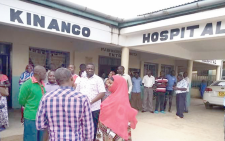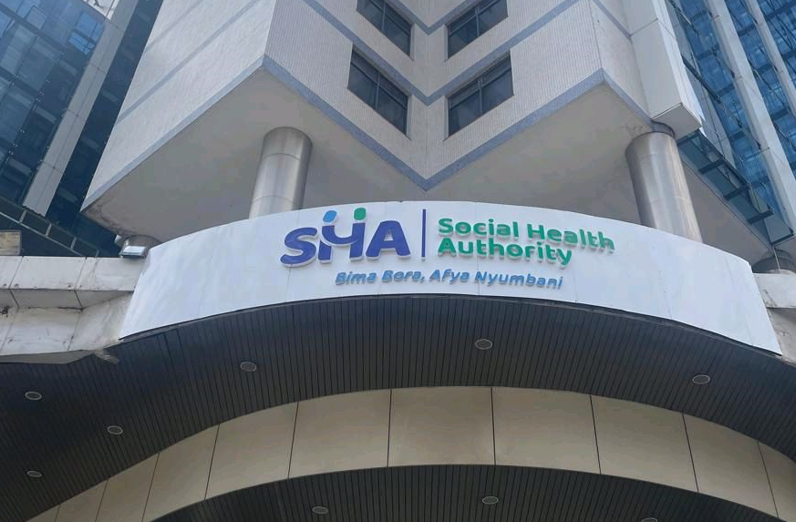Collaborative effort only way to curb resistance

Milliam Murigi and Ann Nyathira
Did you know that not every illness is as a result of a bacterial infection? Surprisingly, the biggest percentage of Kenyans know this but still, the go-ahead to purchase antimicrobial drugs over the counter.
These drugs are used both in humans and animals to prevent and treat infectious diseases. In some countries, they are used in animal farming as growth promoters.
But because of their widespread availability and familiarity, low cost, and relative safety, they are among the most misused of all medicines and the main cause of Antimicrobial resistance (AMR).
AMR can occur naturally, but it is exacerbated by inappropriate and excessive use of antimicrobials in health and agriculture.
Allan Azegele, AMR Focal person at the Ministry of Agriculture, Livestock, and Fisheries says prudent use of antibiotics will keep them effective. “AMR is a complex issue, which requires several people and sectors to tackle it.
Human, animal, and ecosystem are all interconnected and to tackle the issue there is a need for a coordinated, collaborative and multidisciplinary and cross-sectoral approach,” he says.
Antimicrobial use (AMU) in animal production is another key contributor to AMR worldwide.
Globally, animals make up 70 per cent (60,000 tonnes) of AMU, with 30 per cent consumed by humans. Experts predict a rise in this percentage, fuelled by demand for animal-sourced food products.
“All we need to do is to practice good animal husbandry because we trade a lot with animal products and this will keep the burden low.
This is because as humans we are the ones who buy the antibiotics either for our own consumption or for our animals,” he adds.
The Food and Agriculture Organisation says fruits, vegetables and grains with microorganisms are responsible for foodborne illnesses worldwide, including outbreaks of disease caused by antimicrobial-resistant bacteria.
“Since some of these fruits and vegetables may be eaten raw, they may be vehicles of dissemination of bacteria and their resistance genes to the consumer and the handler,” explained Dr John Kiiru of Kenya Medical Research Centre (Kemri).
Reports from the Ministry Of Health says some sources of microbial contamination in the pre-harvest environment include soil, organic fertilisers, and irrigation water.
Dr Kiiru concurs, saying there is a direct link between water quality used for irrigation and antimicrobial-resistant bacteria on foods.
“Wastewater effluent may have this resistant bacteria, especially if untreated soils irrigated with wastewater become contaminated with them,” he says.
He says use of uncured manure, animal feeds laced with antibiotics but labelled as fattening rations, and use of antibiotics to prevent bacterial bright on flowers and vegetables pose a major risk to the health since such practices not only lead to the emergence of resistant bacteria but also the faster transmission of existing clones.
“We, researchers, are increasingly getting worried about the diversity and extent of the spread of infectious pathogens resistant to drugs.
It is difficult to minimise AMR to zero or even eliminate it, but the current trend can be reduced through the use of biological pest control or cleaner water. Farmers and food handlers should ensure they adhere to food safety measures,” he adds.
Dr Evelyne Wesangula from the Ministry of Health reveals companies are not ready to invest in research and development to come up with new antibiotics as it is a costly affair and the drugs become resistant a few years after deployment.
She says if action is not taken to keep the available antibiotics effective, we might end up with no antibiotics in the future.
“We can reduce the burden of AMR if we do the right thing. Stop consulting Dr Google and develop the habit of seeing a doctor,” she says. Since AMR is a faceless threat and takes longer to treat, there is no available data to show how big the problem is.
“Unavailability of data, the complexity of the issue and having so many players involved is the reason we are yet to implement national policy and action plan developed to reduce the burden,” she says.










